Home>Renovation & DIY>Tools & Equipment>What Is A Flat Head Screwdriver Used For
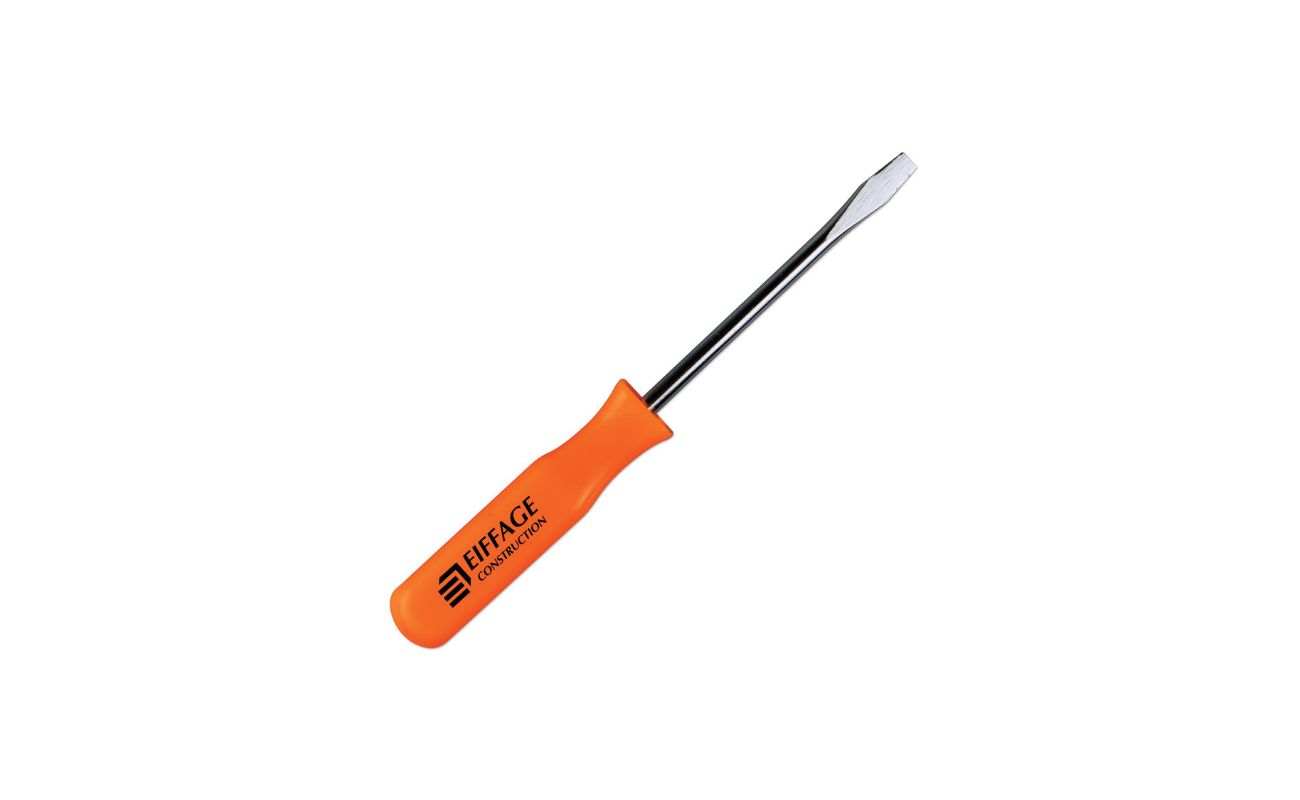

Tools & Equipment
What Is A Flat Head Screwdriver Used For
Modified: May 6, 2024
Discover the versatile uses of a flat head screwdriver and its importance in your tools and equipment collection. Learn how this essential tool can help you with various tasks.
(Many of the links in this article redirect to a specific reviewed product. Your purchase of these products through affiliate links helps to generate commission for Storables.com, at no extra cost. Learn more)
Introduction
Welcome to the world of tools and equipment, where each item holds its own unique significance in various tasks and projects. Among the many tools that grace the workbenches of professionals and DIY enthusiasts alike, the flat head screwdriver stands as an essential and versatile instrument. Its simple yet effective design has made it a staple in toolboxes across the globe, serving a multitude of purposes with remarkable efficiency.
The flat head screwdriver, also known as a slotted screwdriver, is a fundamental tool in the realm of fastening and loosening screws. Its straightforward design features a flat, single-bladed tip that fits into the straight slot of a corresponding screw head. This simplicity allows for seamless engagement with a wide array of screw types, making it a valuable asset in various applications.
In the following sections, we will delve into the intricacies of the flat head screwdriver, exploring its different types, common uses, and the proper techniques for wielding it effectively. Additionally, we will discuss essential safety precautions to ensure that every project involving a flat head screwdriver is carried out with the utmost care and security.
Whether you are a seasoned professional or an aspiring DIY enthusiast, understanding the significance of this humble yet indispensable tool is crucial. So, let's embark on a journey to unravel the secrets of the flat head screwdriver and discover the myriad ways it contributes to the successful completion of countless projects.
Key Takeaways:
- The flat head screwdriver is a versatile and essential tool for various tasks, including assembly, woodworking, electrical work, automotive maintenance, and DIY projects. Its simple design and precise control make it a valuable asset in any toolkit.
- Prioritizing safety when using a flat head screwdriver is crucial to prevent accidents and injuries. By wearing protective equipment, inspecting the tool, securing the work area, using the right tool for the job, and storing it safely, individuals can ensure a hazard-free working environment.
Read more: What Is A Cross Head Screwdriver
Definition of a Flat Head Screwdriver
A flat head screwdriver is a hand tool specifically designed for driving screws with a straight, slotted head. It is characterized by its simple and efficient construction, featuring a flat, single-bladed tip that corresponds to the straight slot of a flat head screw. This design allows the screwdriver to engage securely with the screw, enabling the user to tighten or loosen it with precision.
Flat head screwdrivers are available in various sizes to accommodate different screw heads, ensuring a proper fit and minimizing the risk of slippage or damage to the screw head. The shaft of the screwdriver is typically made of durable materials such as hardened steel or chrome vanadium steel, providing the necessary strength and resilience for repetitive use.
One of the defining characteristics of a flat head screwdriver is its versatility. While it is primarily intended for use with slotted screws, it can also serve as a makeshift prying tool, paint can opener, or scraper in certain situations. This adaptability underscores the practicality and utility of the flat head screwdriver, making it a valuable addition to any toolkit.
Whether it’s tightening a loose cabinet hinge, assembling furniture, or performing intricate electrical work, the flat head screwdriver remains an indispensable ally, offering precision and control in a wide range of applications. Its straightforward design and universal compatibility have cemented its status as a timeless and essential tool in the realm of fastening and assembly.
As we continue our exploration of the flat head screwdriver, we will uncover the various types available, the common uses for this versatile tool, and the proper techniques for wielding it effectively. Understanding the nuances of the flat head screwdriver will equip you with the knowledge to tackle diverse projects with confidence and proficiency.
Types of Flat Head Screwdrivers
Flat head screwdrivers come in a variety of types, each tailored to specific applications and user preferences. Understanding the different types allows individuals to select the most suitable tool for their particular needs, ensuring optimal performance and efficiency. Here are some common types of flat head screwdrivers:
- Standard Flat Head Screwdriver: This is the most traditional and widely used type of flat head screwdriver. It features a flat, single-bladed tip that corresponds to the straight slot of a flat head screw. Standard flat head screwdrivers are available in various sizes to accommodate different screw heads, providing versatility for a wide range of applications.
- Cabinet-Tip Screwdriver: Cabinet-tip screwdrivers are designed with a slightly narrower and thicker blade compared to standard flat head screwdrivers. This design is particularly useful for accessing screws in confined spaces or recessed areas, such as cabinet hinges and electrical outlets.
- Electrician’s Flat Head Screwdriver: Electrician’s screwdrivers are specially designed for electrical applications, featuring insulated handles to provide protection against electrical shock. The flat head variant is commonly used for tasks such as connecting wires to terminal blocks and tightening terminal screws.
- Stubby Flat Head Screwdriver: Stubby screwdrivers have a compact and short-handled design, making them ideal for working in tight or hard-to-reach spaces. The flat head variant of the stubby screwdriver offers enhanced maneuverability and control in confined areas.
- Offset Flat Head Screwdriver: Offset screwdrivers feature a bent or angled shaft, allowing users to reach screws that are not easily accessible with standard straight-handled screwdrivers. This design provides added flexibility when working in tight or obstructed spaces.
Each type of flat head screwdriver is engineered to address specific challenges and requirements, catering to the diverse demands of professional tradespeople, DIY enthusiasts, and maintenance personnel. By understanding the unique features and benefits of each type, individuals can make informed decisions when selecting the most suitable tool for their projects.
In the subsequent sections, we will explore the common uses of flat head screwdrivers, shedding light on the invaluable role they play in various tasks and projects. Additionally, we will delve into the proper techniques for using flat head screwdrivers effectively, ensuring optimal performance and safety in every application.
Common Uses of a Flat Head Screwdriver
The flat head screwdriver is a versatile tool with a wide range of practical applications across various industries and everyday tasks. Its simple yet effective design enables it to address numerous fastening and loosening needs, making it an indispensable asset in the toolkit of professionals and DIY enthusiasts. Here are some common uses of a flat head screwdriver:
- Assembly and Disassembly: Flat head screwdrivers are frequently used for assembling and disassembling furniture, appliances, electronic devices, and mechanical components. They provide the necessary torque and precision to tighten or loosen screws without damaging the surrounding surfaces.
- Woodworking: In woodworking projects, flat head screwdrivers are employed to drive and remove screws in wooden materials, such as constructing cabinets, installing hinges, and securing hardware components. The tool’s flat blade ensures a secure grip within the slotted screw heads, facilitating efficient fastening and unfastening.
- Electrical Work: Electricians rely on flat head screwdrivers for various electrical installations, repairs, and maintenance tasks. These tasks include securing electrical outlets, connecting wires to terminal blocks, and tightening terminal screws within electrical panels and devices.
- Automotive Maintenance: Flat head screwdrivers find utility in automotive maintenance and repairs, particularly for tasks such as removing interior panels, adjusting carburetors, and tightening or loosening screws in engine components and accessories.
- DIY Projects: DIY enthusiasts and homeowners utilize flat head screwdrivers for a myriad of projects, including installing light fixtures, replacing door hardware, assembling DIY furniture kits, and performing minor repairs and adjustments around the home.
- General Fastening and Loosening: The versatility of flat head screwdrivers extends to general fastening and loosening tasks in diverse settings, such as securing loose screws in household items, opening paint cans, and prying open lids or covers.
These diverse applications underscore the indispensable nature of the flat head screwdriver, highlighting its significance in both professional and domestic settings. Its ability to provide precise control and reliable engagement with slotted screws makes it an essential tool for a wide array of tasks, contributing to the seamless execution of projects across various disciplines.
As we delve deeper into the world of flat head screwdrivers, we will explore the proper techniques for using this versatile tool, ensuring that users can wield it effectively and safely in their endeavors. Additionally, we will emphasize the importance of adhering to safety precautions to prevent accidents and injuries during the use of flat head screwdrivers.
A flat head screwdriver is used for turning screws with a single, straight slot. It’s great for simple household tasks like tightening cabinet hinges or assembling furniture.
How to Use a Flat Head Screwdriver
Using a flat head screwdriver effectively involves employing proper techniques to ensure secure engagement with slotted screws and minimize the risk of damage or injury. Here are the essential steps for using a flat head screwdriver:
- Select the Correct Size: Choose a flat head screwdriver that matches the size of the slotted screw head to ensure a proper fit. Using an incorrectly sized screwdriver may result in slippage, damaging the screw head or causing injury.
- Position the Screwdriver: Place the flat blade of the screwdriver into the straight slot of the screw head, ensuring that it sits securely and fully within the slot. The blade should make full contact with the entire width of the slot to prevent slipping during use.
- Apply Firm Pressure: Hold the handle of the screwdriver with a firm grip and apply downward pressure while turning the screwdriver in a clockwise direction to tighten the screw or counterclockwise to loosen it. Maintain a steady and controlled motion to prevent the screwdriver from slipping out of the slot.
- Use Two-Handed Technique: For stubborn or tightly secured screws, use a two-handed technique by placing one hand on the handle of the screwdriver and the other on top of the handle, providing additional leverage and control for turning the screwdriver.
- Inspect the Screw Head: After using the flat head screwdriver, inspect the screw head to ensure that it remains undamaged. If there are any signs of deformation or wear on the screw head, consider using a different screwdriver or addressing any underlying issues with the screw.
By following these steps, users can effectively utilize a flat head screwdriver to tighten, loosen, and drive slotted screws with precision and control. Adhering to proper techniques not only ensures the successful completion of tasks but also minimizes the risk of accidents, damage to screw heads, and personal injury during the use of flat head screwdrivers.
As we continue our exploration, we will delve into safety precautions that are essential for maintaining a secure and hazard-free working environment when using flat head screwdrivers. Understanding and implementing these precautions is crucial for safeguarding both the user and the surrounding workspace from potential risks and mishaps.
Read more: What Is A Flat Sheet Used For
Safety Precautions When Using a Flat Head Screwdriver
While the flat head screwdriver is a versatile and indispensable tool, it is essential to prioritize safety when using it to prevent accidents and injuries. By adhering to the following safety precautions, individuals can mitigate potential risks and create a secure working environment when handling flat head screwdrivers:
- Wear Personal Protective Equipment (PPE): Prior to using a flat head screwdriver, ensure that appropriate personal protective equipment, such as safety goggles and work gloves, is worn to protect the eyes and hands from potential hazards, including flying debris and accidental slips.
- Inspect the Screwdriver: Before use, inspect the flat head screwdriver for any signs of damage, such as bent or worn blades, cracks in the handle, or loose ferrules. Using a damaged screwdriver increases the risk of slippage, injury, and damage to the screw and surrounding surfaces.
- Secure Workpiece and Surroundings: When working with a flat head screwdriver, ensure that the workpiece is securely held in place to prevent unexpected movement or instability. Additionally, clear the surrounding area of any obstructions or clutter that may impede movement or cause accidents.
- Use the Right Tool for the Job: Select the appropriate type and size of flat head screwdriver for the task at hand. Using the wrong tool may lead to slippage, damage to the screw head, or personal injury. Additionally, avoid using a flat head screwdriver as a chisel or prying tool to prevent accidents and damage to the tool.
- Store Safely After Use: After completing the task, store the flat head screwdriver in a designated location, such as a toolbox or tool rack, to prevent it from being misplaced or causing potential hazards. Ensure that the blade is covered or shielded to prevent accidental contact.
By integrating these safety precautions into the workflow, individuals can cultivate a safety-conscious approach to using flat head screwdrivers, minimizing the likelihood of accidents, injuries, and damage to tools and workpieces. Prioritizing safety not only safeguards the well-being of the user but also contributes to the efficient and successful completion of tasks.
As we conclude our exploration of flat head screwdrivers, it is evident that these versatile tools play a pivotal role in various industries and everyday tasks. By understanding their types, common uses, proper techniques for usage, and essential safety precautions, individuals can harness the full potential of flat head screwdrivers while maintaining a secure and hazard-free working environment.
With a newfound appreciation for the significance of flat head screwdrivers, individuals are empowered to approach their projects with confidence, precision, and a steadfast commitment to safety.
Conclusion
The flat head screwdriver stands as a timeless and indispensable tool, deeply rooted in the realm of fastening and assembly. Its simple yet effective design, coupled with its versatility, has solidified its status as a fundamental instrument in the toolkit of professionals, craftsmen, and DIY enthusiasts worldwide.
Throughout our exploration, we have uncovered the multifaceted nature of the flat head screwdriver, delving into its various types, common uses, proper usage techniques, and essential safety precautions. From assembling furniture and performing electrical work to addressing automotive maintenance and engaging in DIY projects, the flat head screwdriver remains a steadfast companion, offering precision, control, and reliability in a multitude of applications.
As we navigated the nuances of the flat head screwdriver, we emphasized the importance of prioritizing safety, ensuring that every task involving this versatile tool is carried out in a secure and hazard-free environment. By integrating proper techniques and safety precautions into the workflow, individuals can wield flat head screwdrivers with confidence and proficiency, safeguarding both themselves and the integrity of their projects.
Ultimately, the flat head screwdriver embodies a harmonious blend of simplicity and effectiveness, seamlessly addressing fastening and loosening needs across diverse industries and everyday tasks. Its unwavering utility and adaptability underscore its enduring relevance, making it an essential ally in the pursuit of precision and excellence.
As we conclude our journey through the realm of flat head screwdrivers, it is clear that these unassuming yet remarkable tools hold the power to elevate projects, empower individuals, and contribute to the seamless realization of creative visions and practical endeavors. With a newfound understanding of the significance and versatility of flat head screwdrivers, individuals are equipped to embark on their projects with confidence, skill, and a steadfast commitment to safety.
So, as you reach for your trusty flat head screwdriver in your next endeavor, may you harness its potential with precision, embrace its versatility with creativity, and uphold its legacy with a steadfast dedication to safety and excellence.
Now that you've mastered the flat head screwdriver, why not broaden your DIY skills further? If home maintenance seems daunting, our comprehensive guide on how to tackle simple and complex home repairs will set you straight. For those with a passion for crafting, check out our latest roundup on the top woodworking projects for 2024, perfect for both beginners and seasoned carpenters. Both articles promise practical advice and inspiring ideas to enhance your home and hobby workshop.
Frequently Asked Questions about What Is A Flat Head Screwdriver Used For
Was this page helpful?
At Storables.com, we guarantee accurate and reliable information. Our content, validated by Expert Board Contributors, is crafted following stringent Editorial Policies. We're committed to providing you with well-researched, expert-backed insights for all your informational needs.
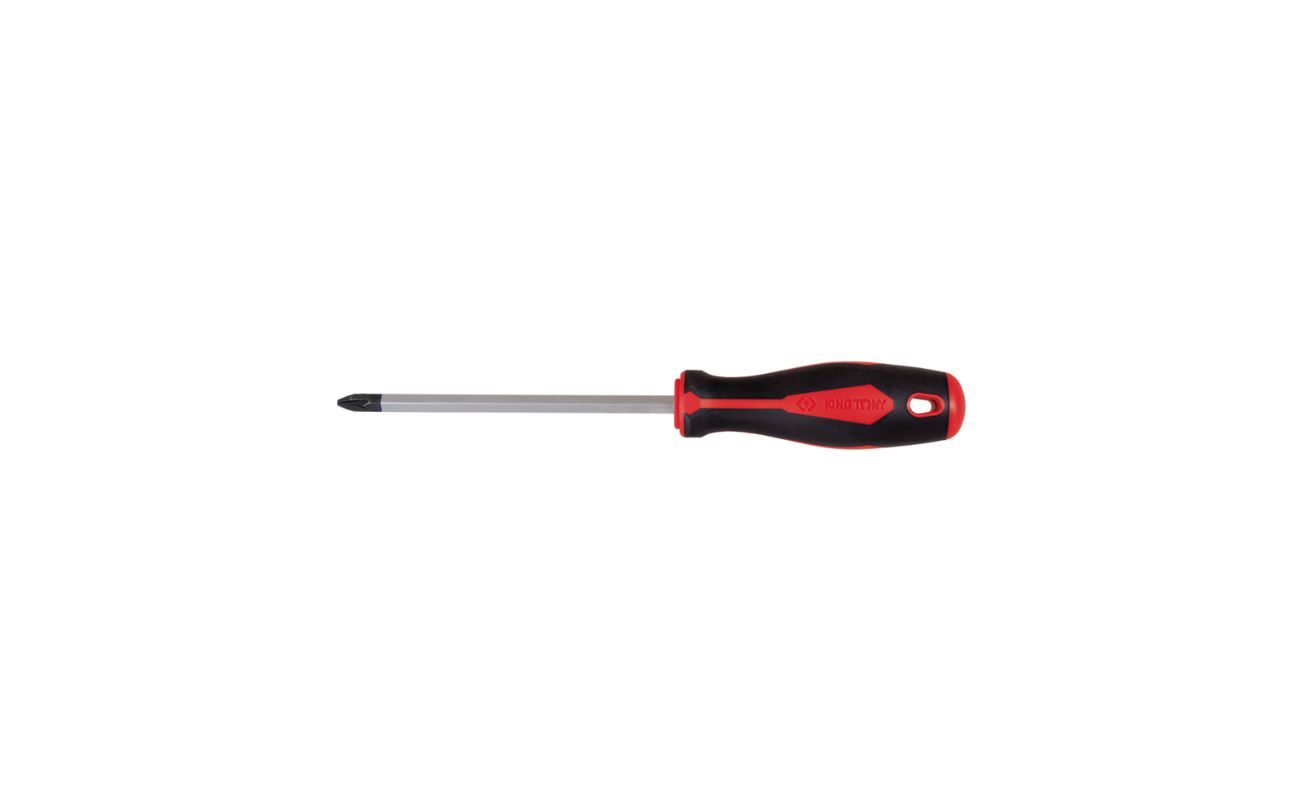
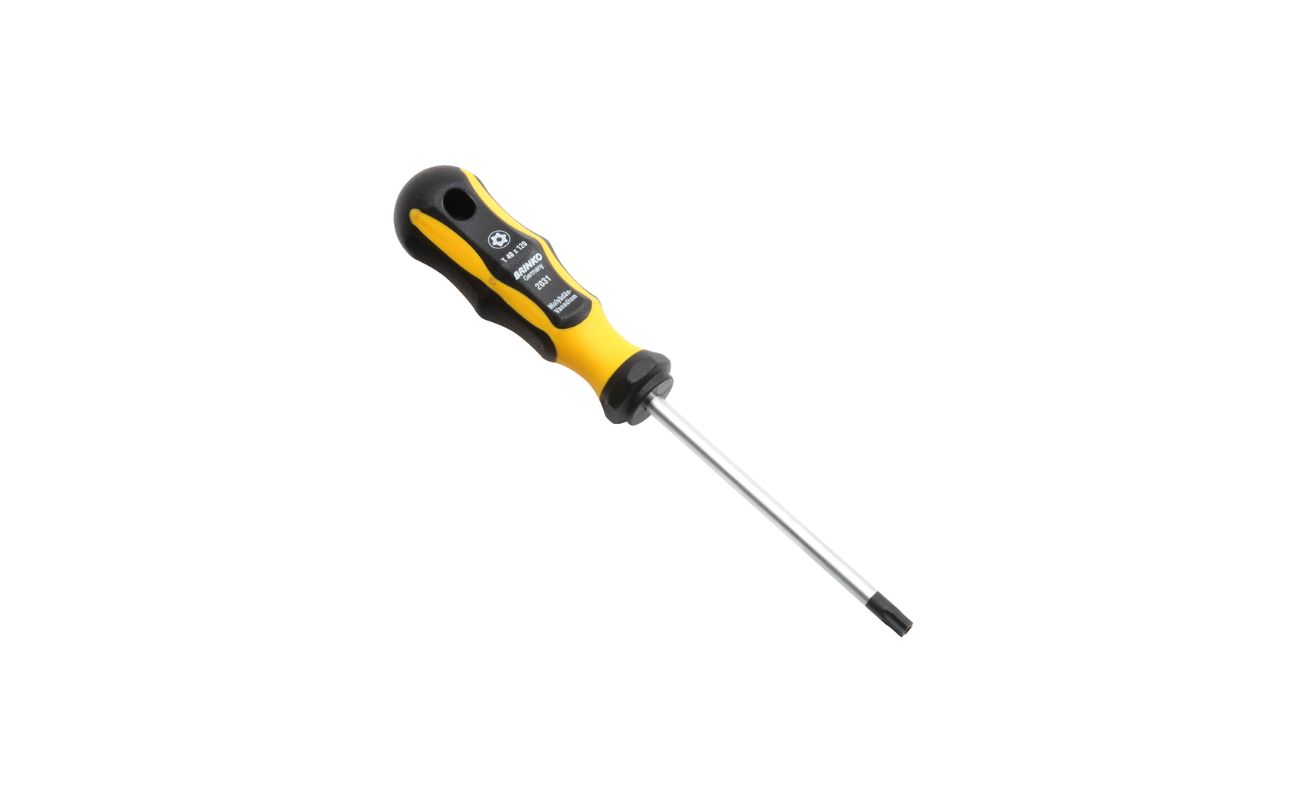
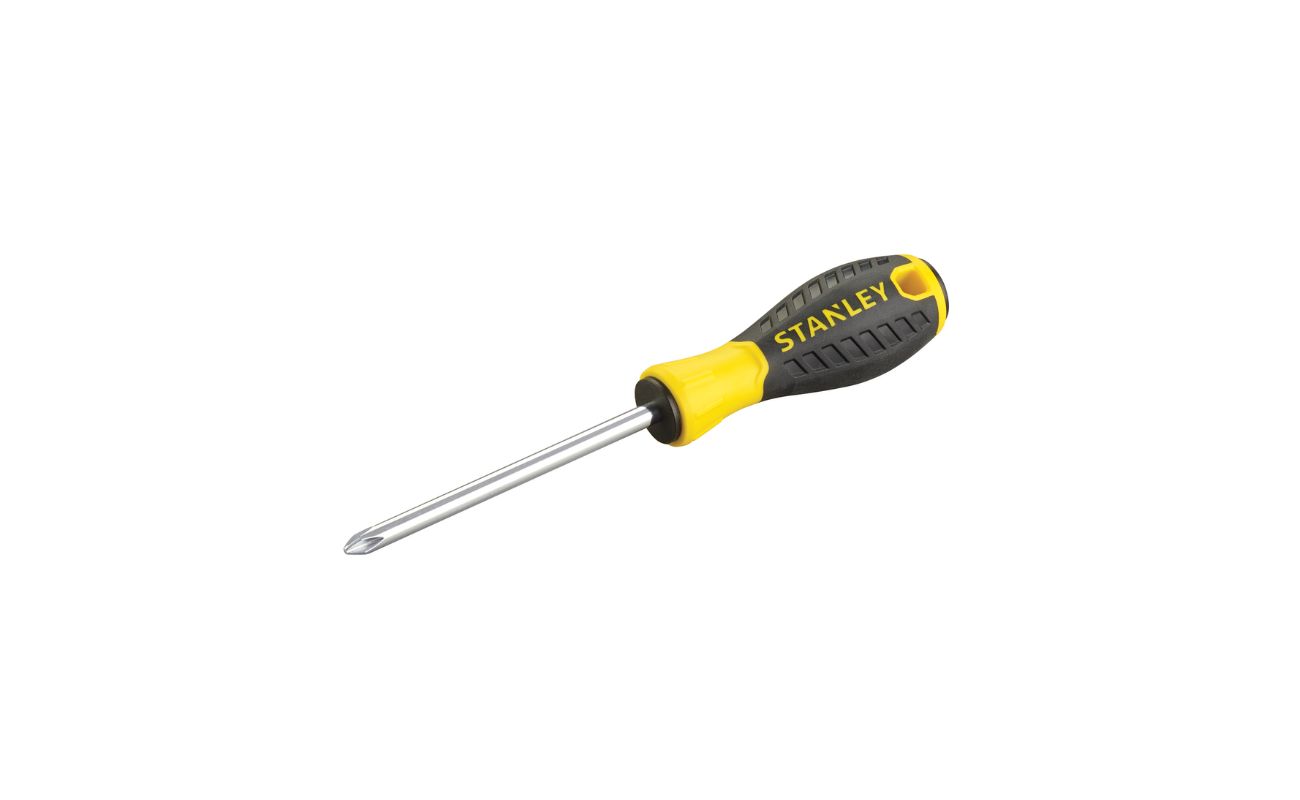
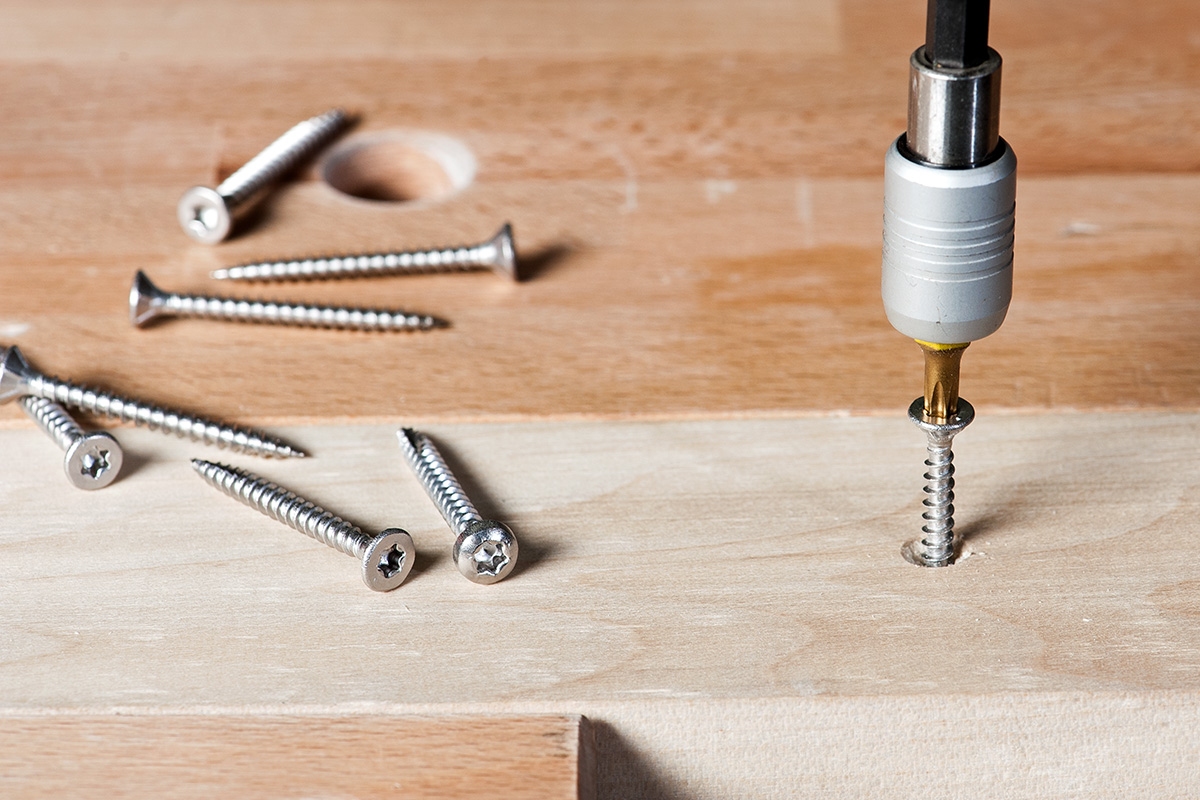
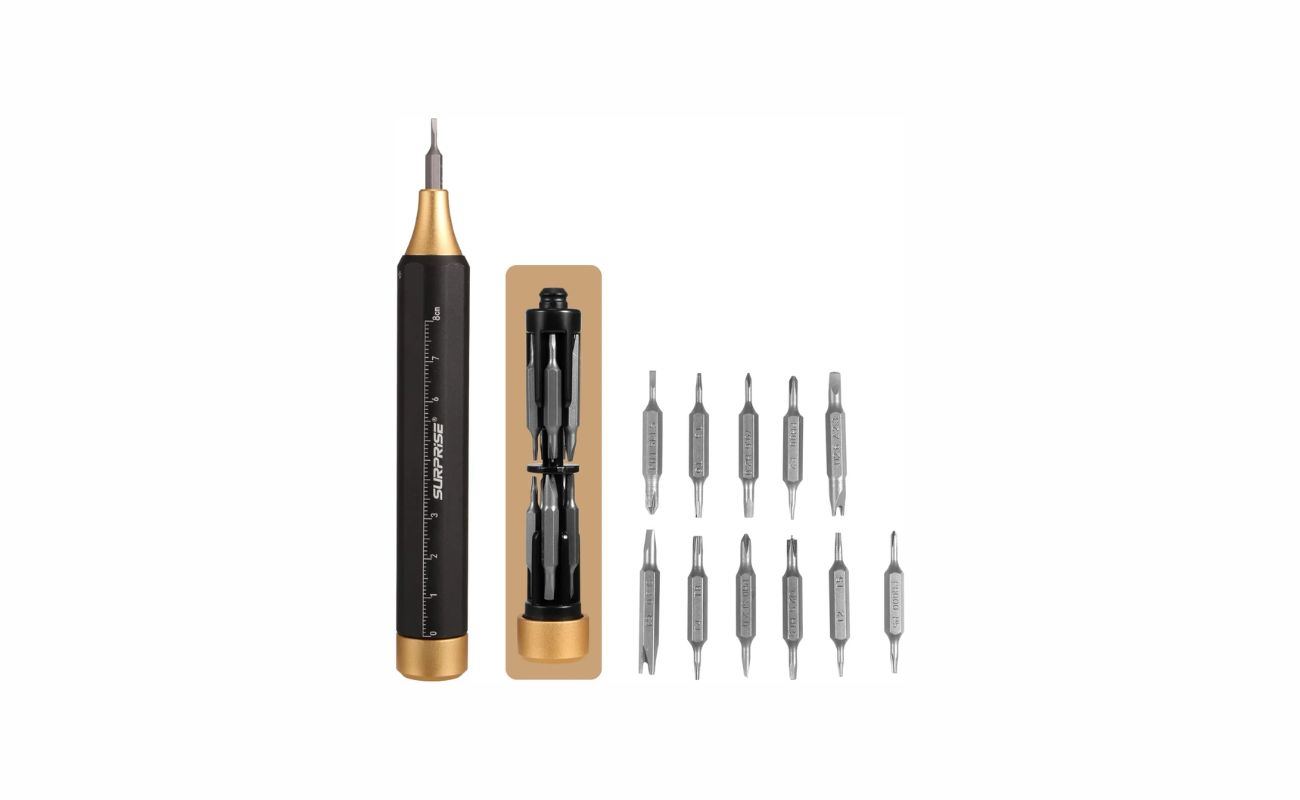
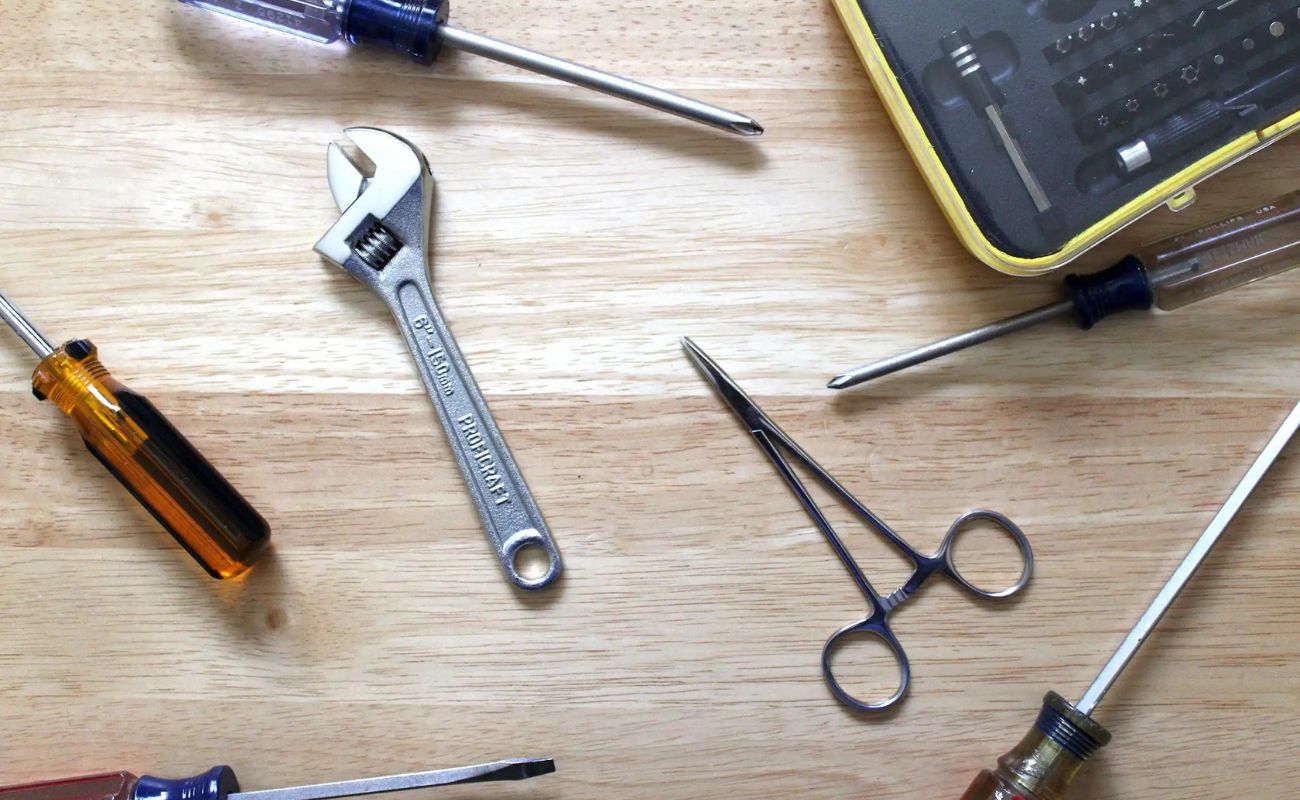
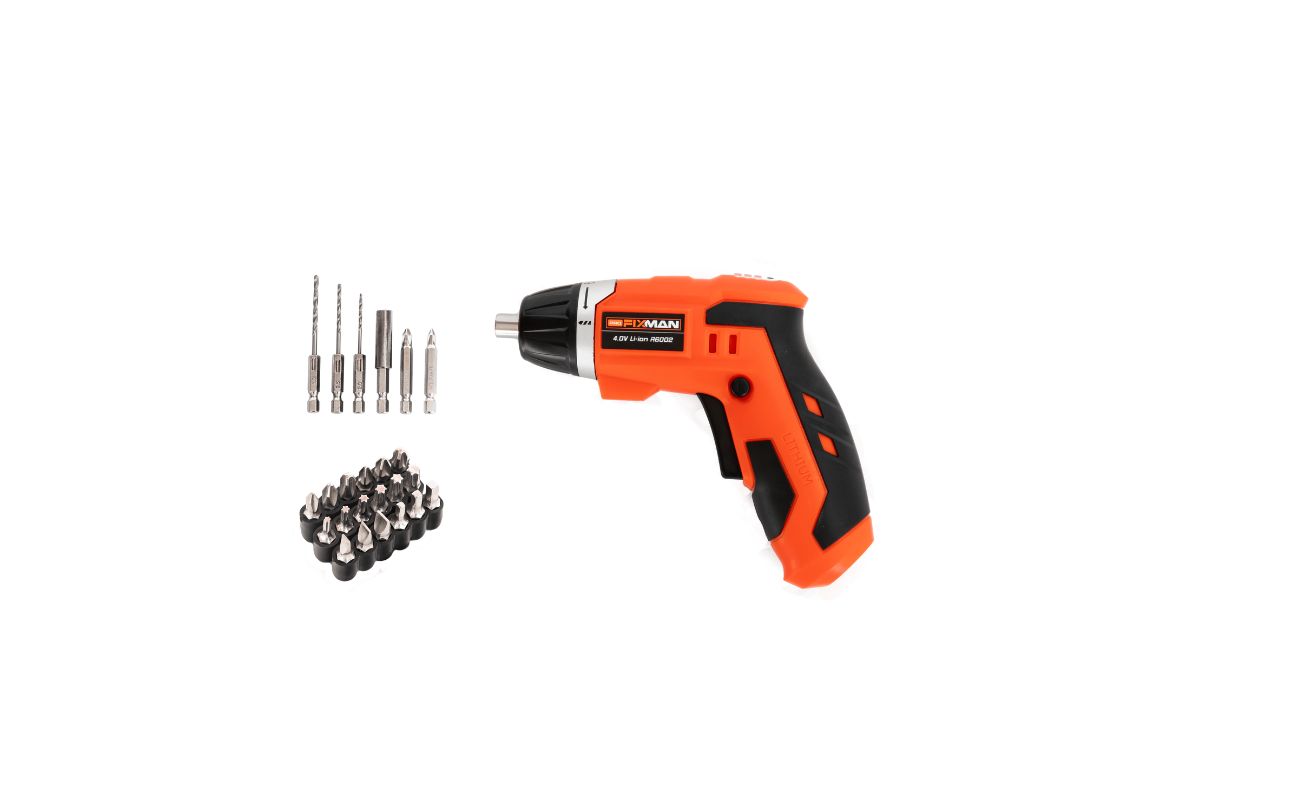
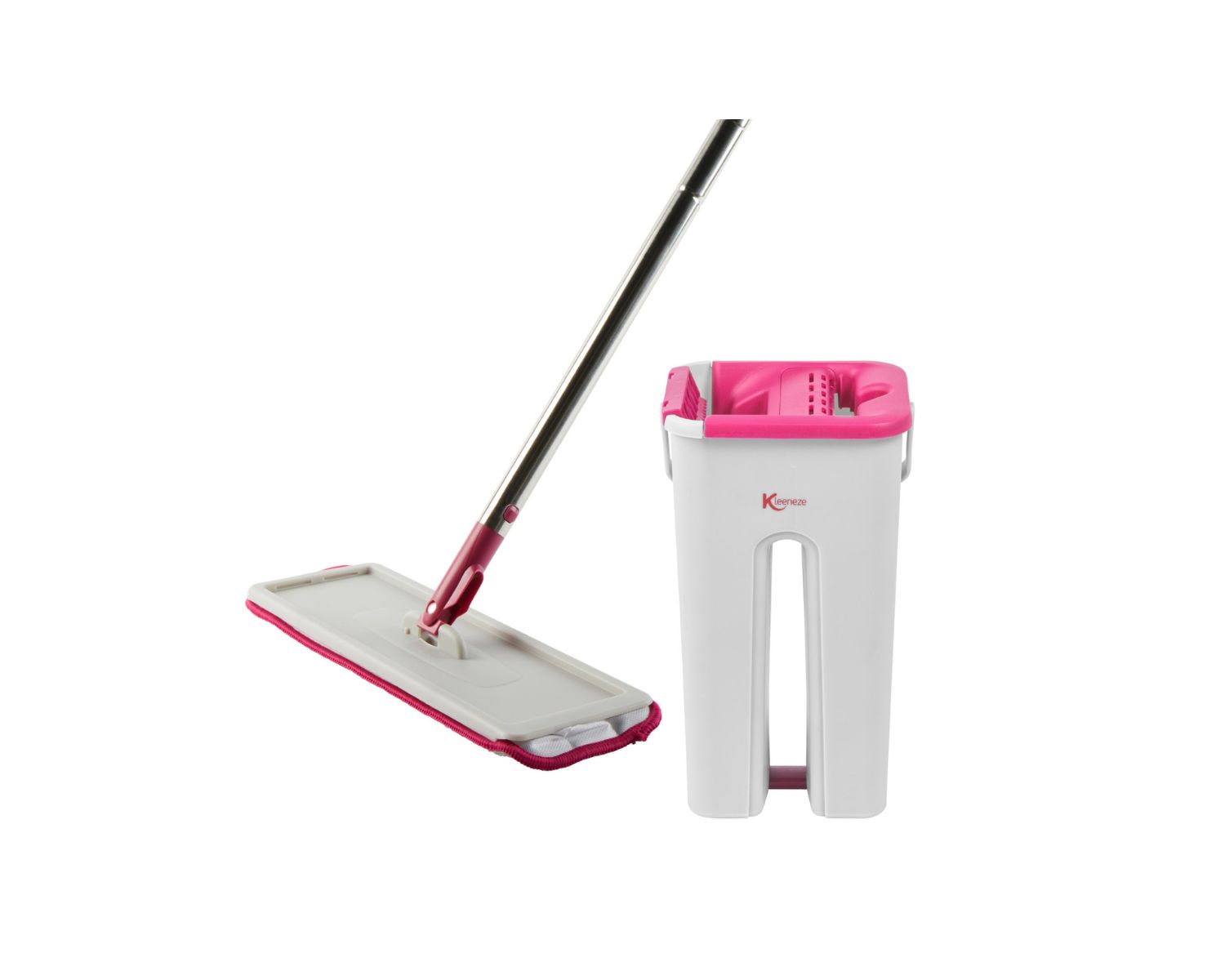
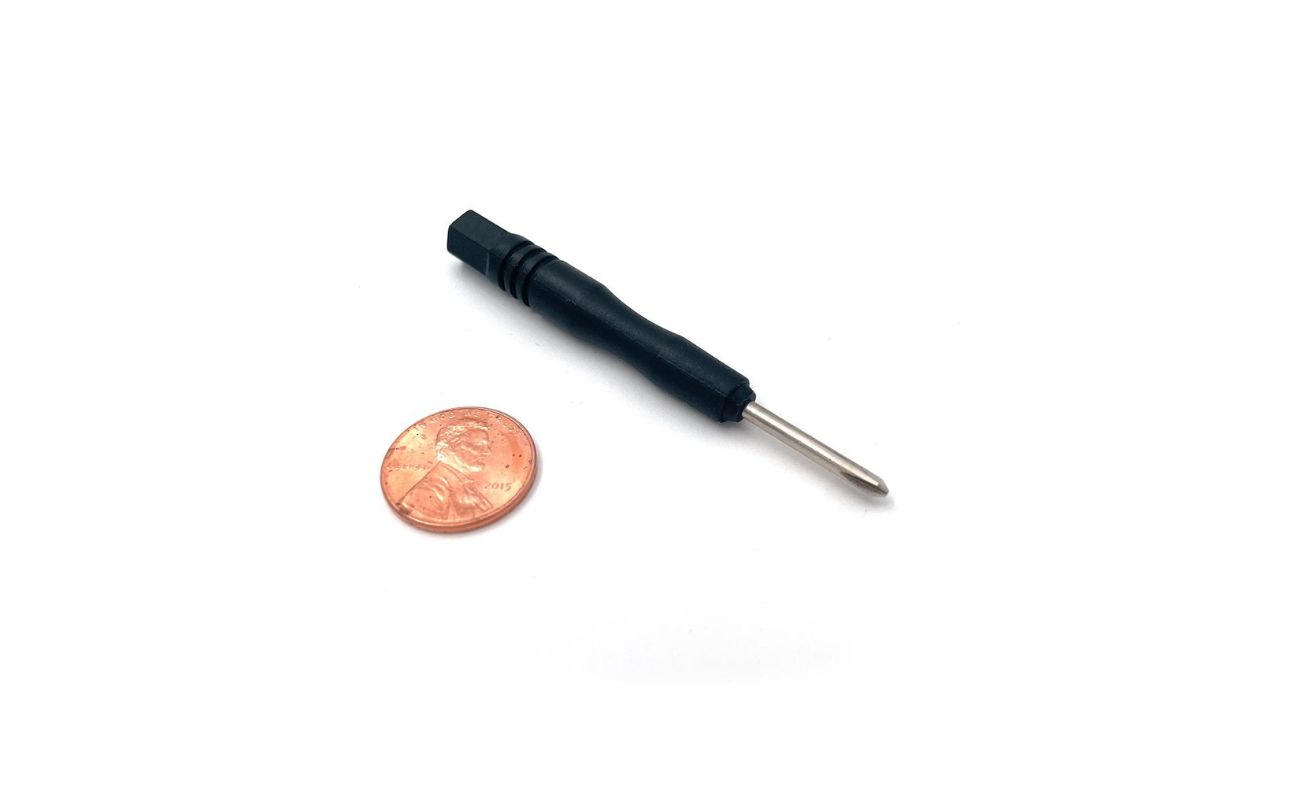
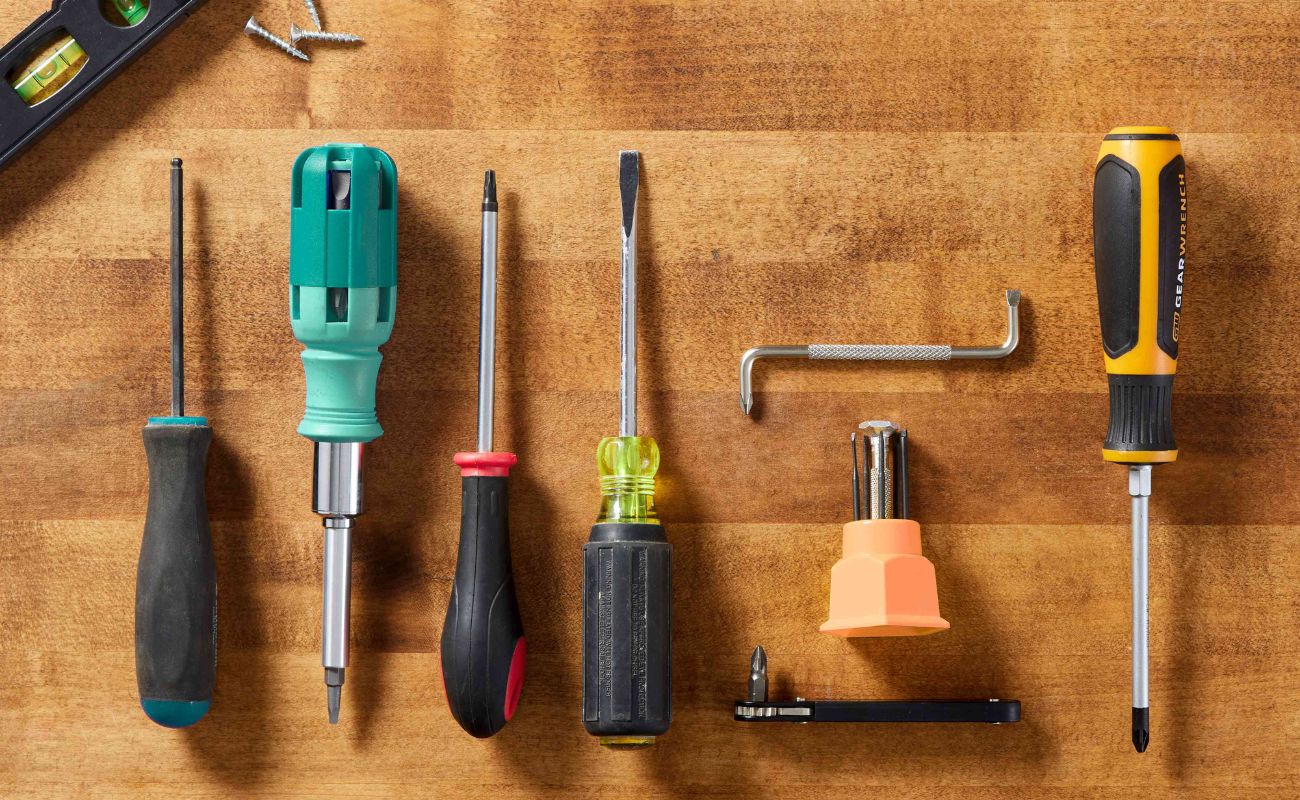
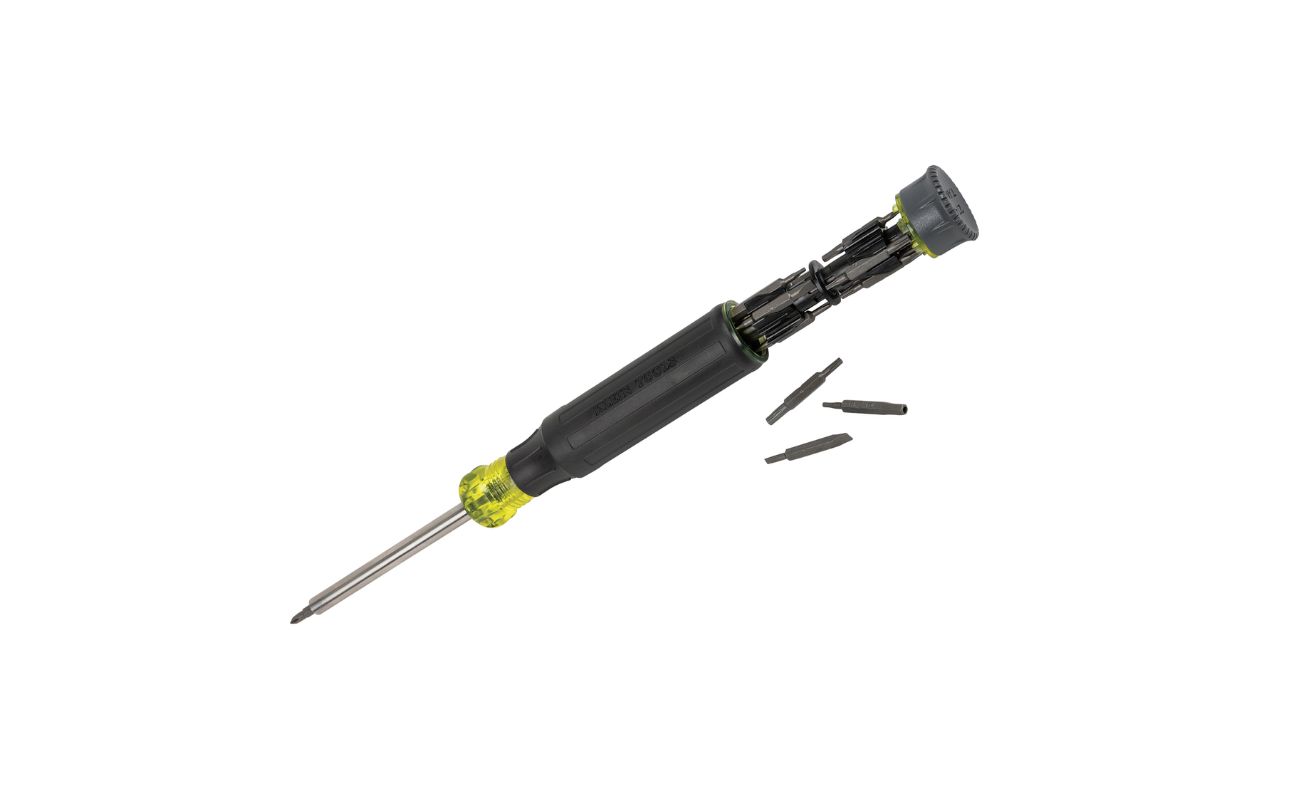
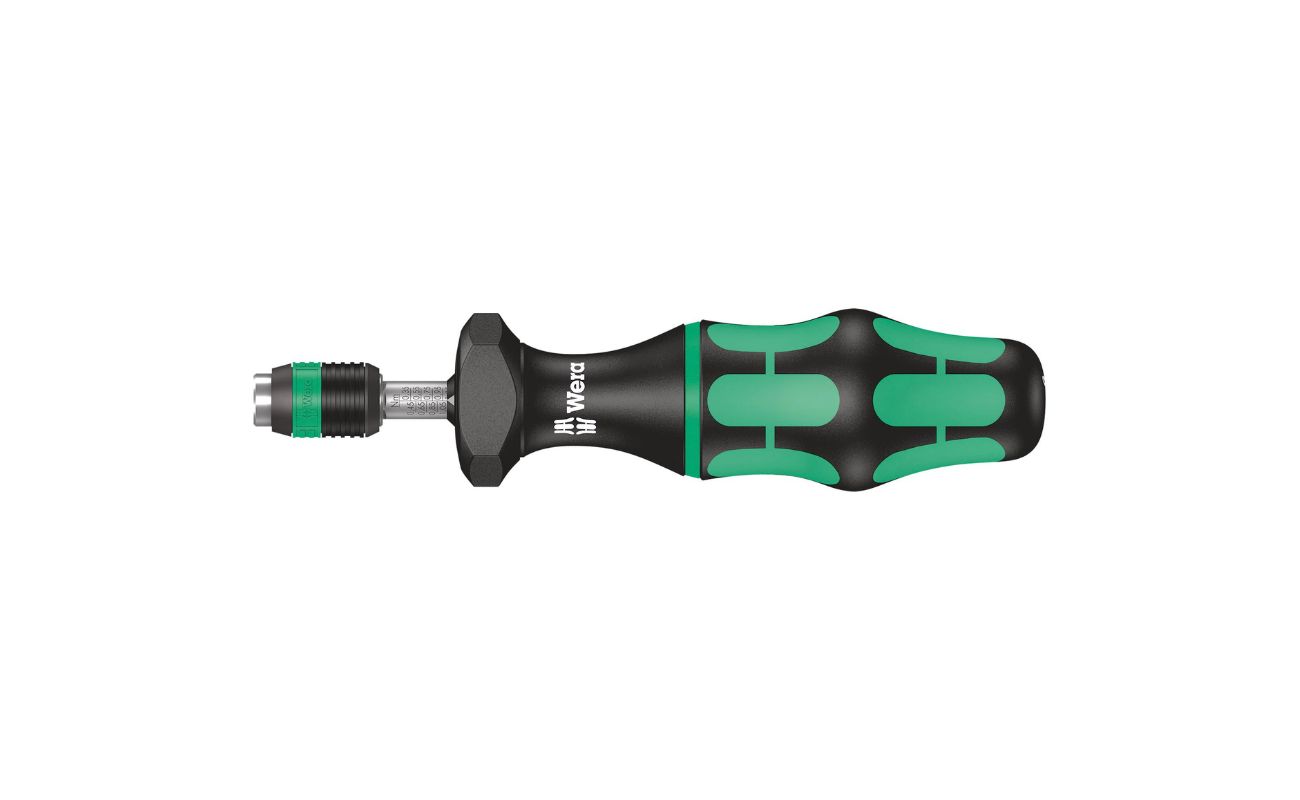
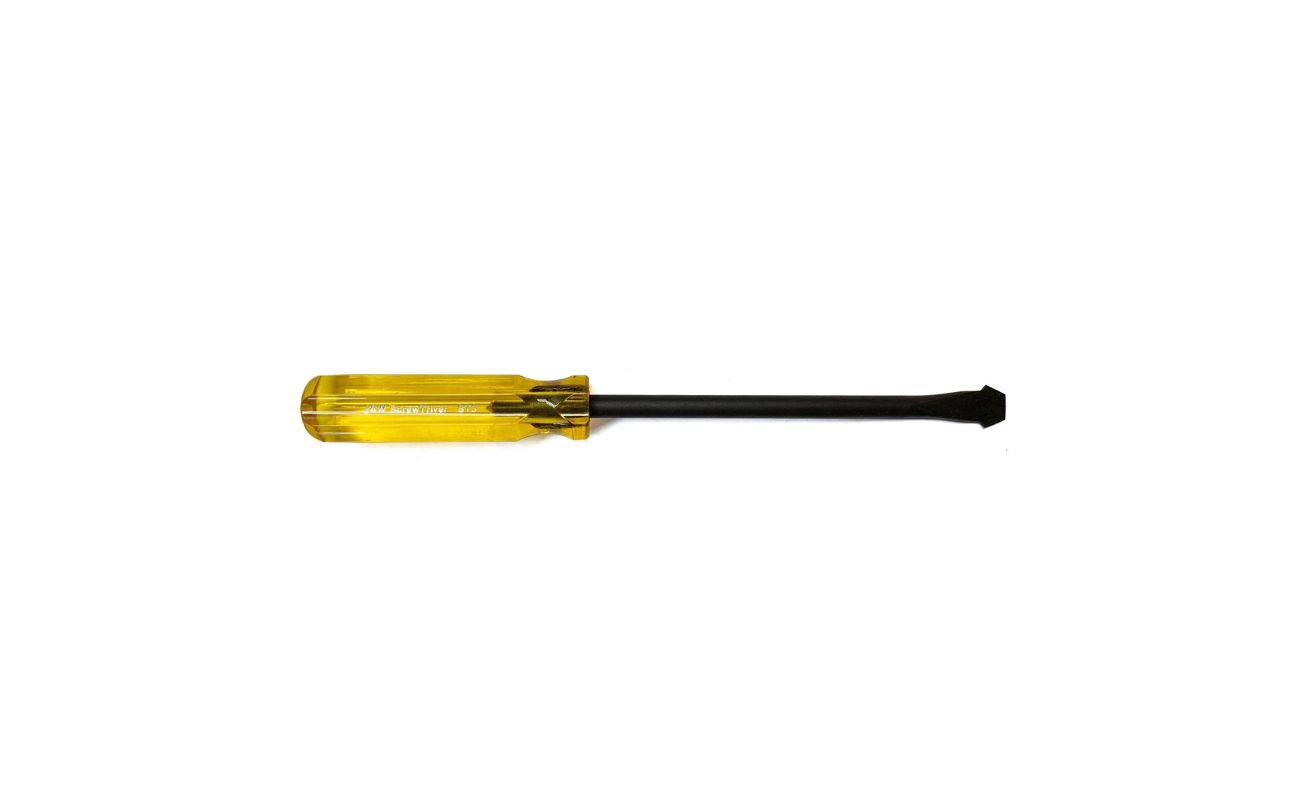
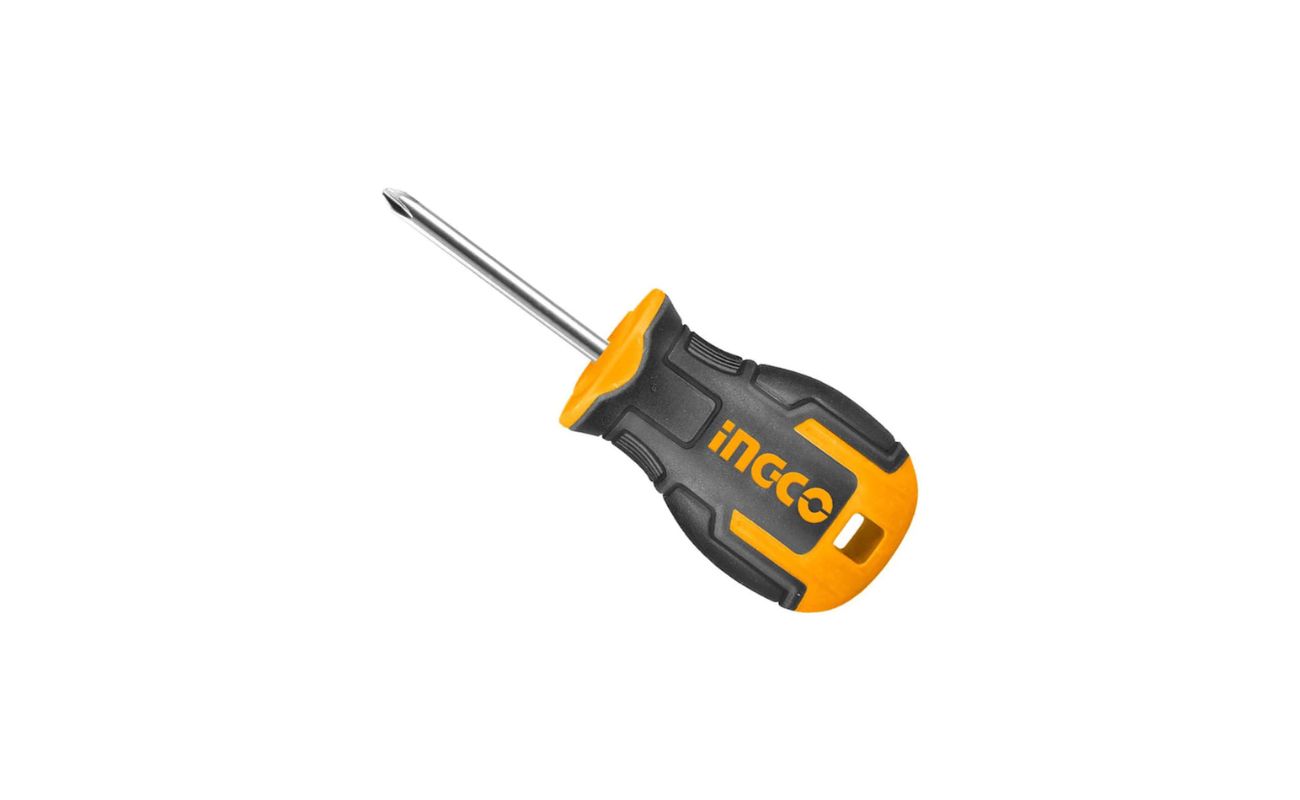

0 thoughts on “What Is A Flat Head Screwdriver Used For”